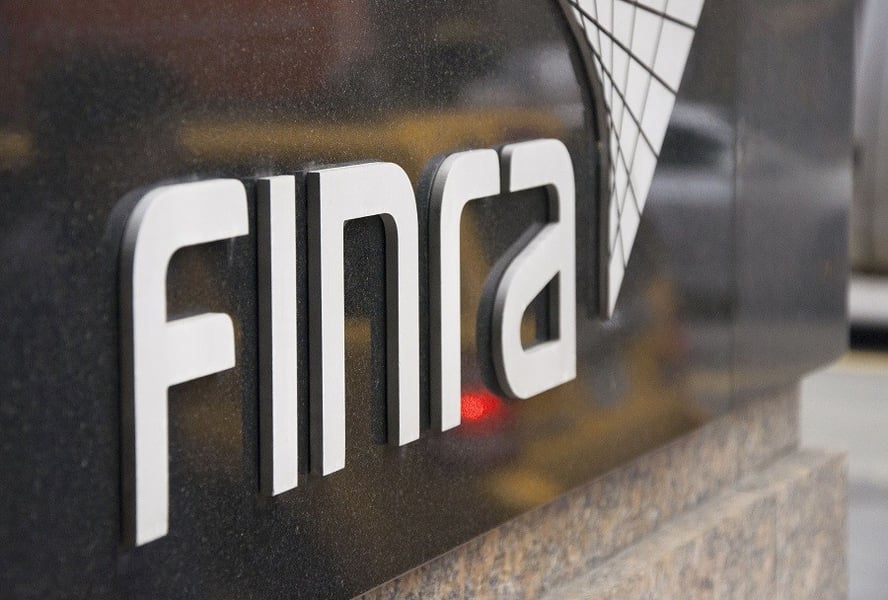

Finra spent $90.2 million of fines-related funding last year to improve its ability to monitor market activity and strengthen its examination and enforcement programs, among other initiatives.
The Financial Industry Regulatory Authority Inc. posted its 2020 report on the use of fine monies last Thursday. The broker-dealer self-regulator collected $57 million in fines last year.
But the Finra board determined there were $90.2 million in fines-eligible projects to fund. The organization allocated another $33.2 million from its investment reserves and “excess operating results,” the report states.
Finra uses fine money for capital initiatives, strategic spending and to fund programs that promote investor education, facilitate member firm compliance or train employees. Fines also can be used to replenish Finra reserves.
Last year, Finra allocated $73.8 million of fine and reserve monies to fund capital initiatives and $16.4 million to pay for investor education and firm compliance.
After many years of pressure from regulated firms and brokers and others, Finra first revealed, in a 2018 report, how it spent its 2017 fine proceeds. The greater transparency was part of a self-examination of the regulator, known as Finra 360, initiated by Finra Chief Executive Robert Cook.
Of the fines-related expenditures for 2020, $31.8 million was used to enhance the monitoring of equity, options and fixed-income market activity. Those expenditures included $11.2 million to bolster programs that detect “suspicious conduct across markets.”
Finra said $18.4 million of fines-related expenditures went to enhance examination, investigation and disciplinary programs. "These initiatives are intended to better align our resources with the risks and business practices of member firms; better identify the brokers and firms that may present the greatest risk to investors and the markets; and modernize the systems supporting Enforcement processes,” the report states.
Finra said it also spent $14.5 million to improve compliance filing systems, $8 million on improving compliance by firms and individuals, $4.9 million on staff training and $3.5 million on investor education.
Links to Finra’s annual reports, as well as the fines reports, budgets and financial policies, can be found online.

The recently enacted OBBBA makes lower tax rates "permanent," though other provisions could still make earlier Roth conversions appealing under the right conditions.

Americans with life insurance coverage are far more likely to feel assured of their loved ones' future, though myths and misconceptions still hold many back from getting coverage.

Mounting regulatory pressures and proposed taxes are putting a strain on higher education institutions, forcing renewed focus on liquidity management and the secondary market for private equity.

Poll of 1,500 retirement plan investors finds 45% interested in private equity and private debt, with more than three-quarters saying they'd ramp up contributions as a result.

Most firms place a limit on advisors’ sales of alternative investments to clients in the neighborhood of 10% a customer’s net worth.
Orion's Tom Wilson on delivering coordinated, high-touch service in a world where returns alone no longer set you apart.
Barely a decade old, registered index-linked annuities have quickly surged in popularity, thanks to their unique blend of protection and growth potential—an appealing option for investors looking to chart a steadier course through today's choppy market waters, says Myles Lambert, Brighthouse Financial.
